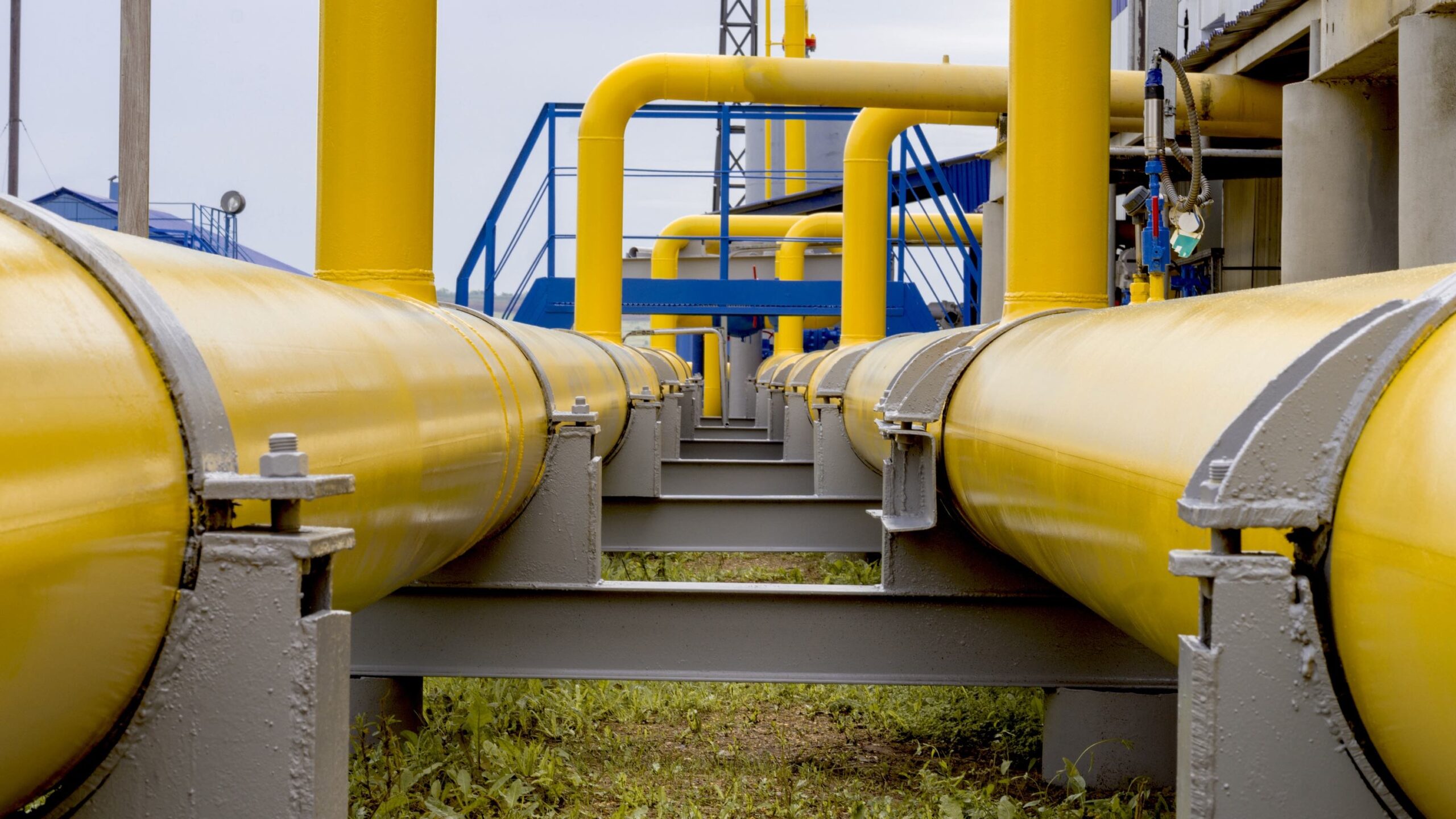FOCUS ONA
LPG, LNG, CNG: what are the differences ?

LPG (Liquefied Petroleum Gas), LNG (Liquefied Natural Gas) and CNG (Natural Gas for Vehicles) are terms used to designate different types of gas, each distinguished by its state, composition or practical applications, while sharing the particularity of being easily transportable.
LPG refers to a group of pressurized liquefied gases, mainly composed of propane or butane. These gases have the particularity of liquefying under relatively low pressure, varying between 1.5 and 7 bars, comparable to the pressure of water in a domestic tap. This property makes them much easier to store and transport. LPG is commonly used in domestic applications, particularly in mobile or itinerant contexts. In addition, a mixture of these gases is often used as an alternative fuel for vehicles, known as LPG-c.
LNG, on the other hand, is natural gas, made up mainly of methane (over 90%), which has been converted into a liquid. This transformation takes place in specialized facilities where the gas is cooled to around -161°C at atmospheric pressure. Thanks to this process, the volume of LNG is reduced by a factor of around 600 compared with its gaseous state, while retaining the same calorific value. This feature makes it possible to transport large quantities of natural gas by sea, offering a practical alternative to undersea pipelines.
Finally, CNG refers to natural gas used as a fuel for vehicles. Its composition is similar to that of natural gas delivered via pipelines. This gas is stored under high pressure, generally in excess of 200 bar, in specially designed tanks, distinct from those used for LPG-c. It should be noted that CNG-powered vehicles are less widespread than those using LPG-c, although CNG is a fast-growing alternative fuel in some regions.
-

 ANALYSIS1 an ago
ANALYSIS1 an agoThe 3 African countries richest in natural resources
-

 NEWS11 month ago
NEWS11 month agoTop 10 des pays africains producteur de l’or : Mali 2-eme, Burkina Faso 3-eme
-

 FOCUS ONA1 an ago
FOCUS ONA1 an agoThe 10 largest oil refineries in Africa
-

 FOCUS ONA11 month ago
FOCUS ONA11 month agoTop 10 oil producers in Africa in 2023
-

 NEWS2 ans ago
NEWS2 ans agoRanking of oil producers: Here are the Top 10 African countries.
-

 NEWS8 month ago
NEWS8 month agoAfrica's 10 largest natural gas production fields.
-

 NEWS2 ans ago
NEWS2 ans agoTop 20 oil producing countries in 2022
-

 NEWS10 month ago
NEWS10 month agoIvory Coast: Eni to deploy a cylindrical FPSO and a converted FSO on the Baleine oil field












